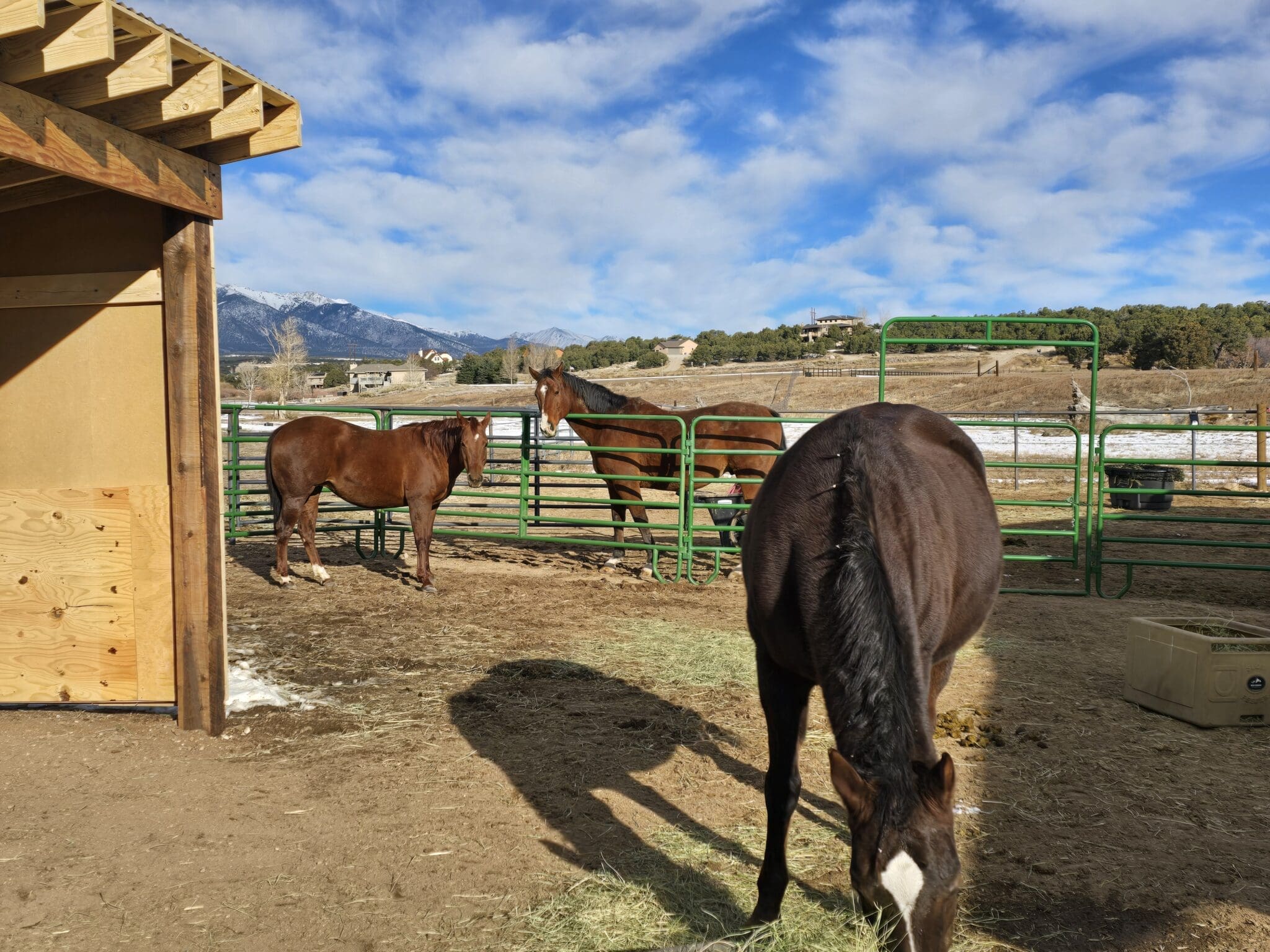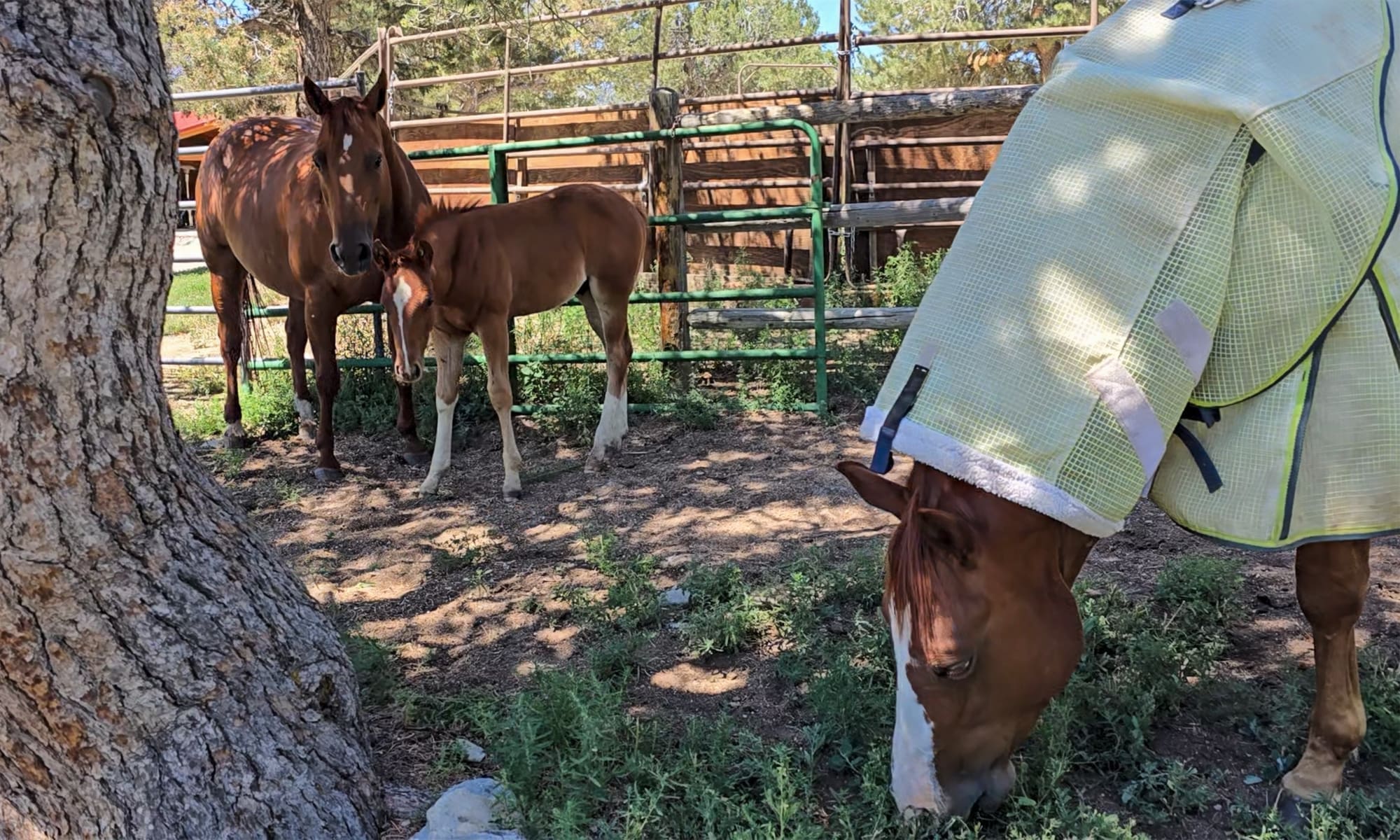Good Day!
On a recent episode of Horse Master, we featured a 68 year old man who is competing in Versatility Ranch Horse. Dave also happens to be president of the new National Versatility Ranch Horse Association and Rich and I have known him for years.
I’ve seen Dave’s riding improve steadily through the years—he’s only been doing this for about 5 years. VRH is such a complicated competition; one horse and one rider compete in five different classes: conformation (halter), trail obstacles, ranch riding (pleasure), ranch cutting (cut out a specific cow then pen him) and working ranch horse (reining, boxing, fence work and roping). There’s a lot to master and it’s tough for any horse or rider to excel in all those things.
As I watched Dave ride during the “before footage” of the show, I could see his reining pattern was really rough. The circles were not round and were not meeting in the middle. His lead changes were very rough involving a hard turn so it looked like he was zigzagging in the center of his figure eight. This always causes the horse to change in front and not in back—plus it is not pretty.
You want your horse to change leads smoothly right in the middle of your figure eight, while the horse is as straight as possible. One of the biggest keys to a good lead change is a good preparatory signal. The horse is generally happy to do what you want him to do but he has to know, in advance, what that is. Mostly when I watch people trying to change leads, there is not pre-signal at all and the cue that they do give is not effective and not consistent.
With Dave, we worked on what the pre-signal was, when to apply it, how to apply the cue correctly and what the timing of the whole thing was. He did amazingly well. Once he got better in his riding, the horse performed much better. Isn’t that always the case?
Lead changes is something everyone wants to learn, but, in our instant gratification society, we want it to happen now. But it’s one of the most complicated and advanced cues we ask of our horse and it takes time for the rider to figure out how to cue consistently and for the horse to understand what the rider wants. This can be a very frustrating process for both horse and rider. Have you ever had that experience?
Enjoy the ride!
Julie



